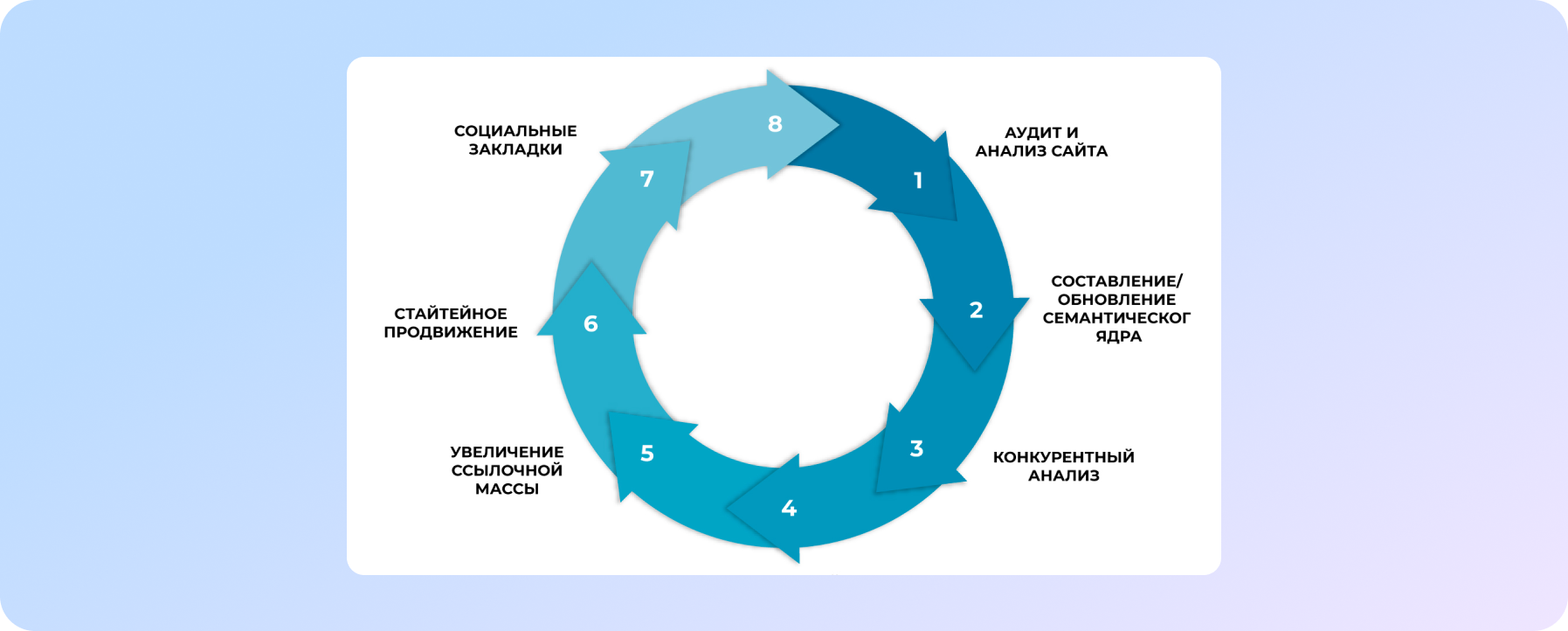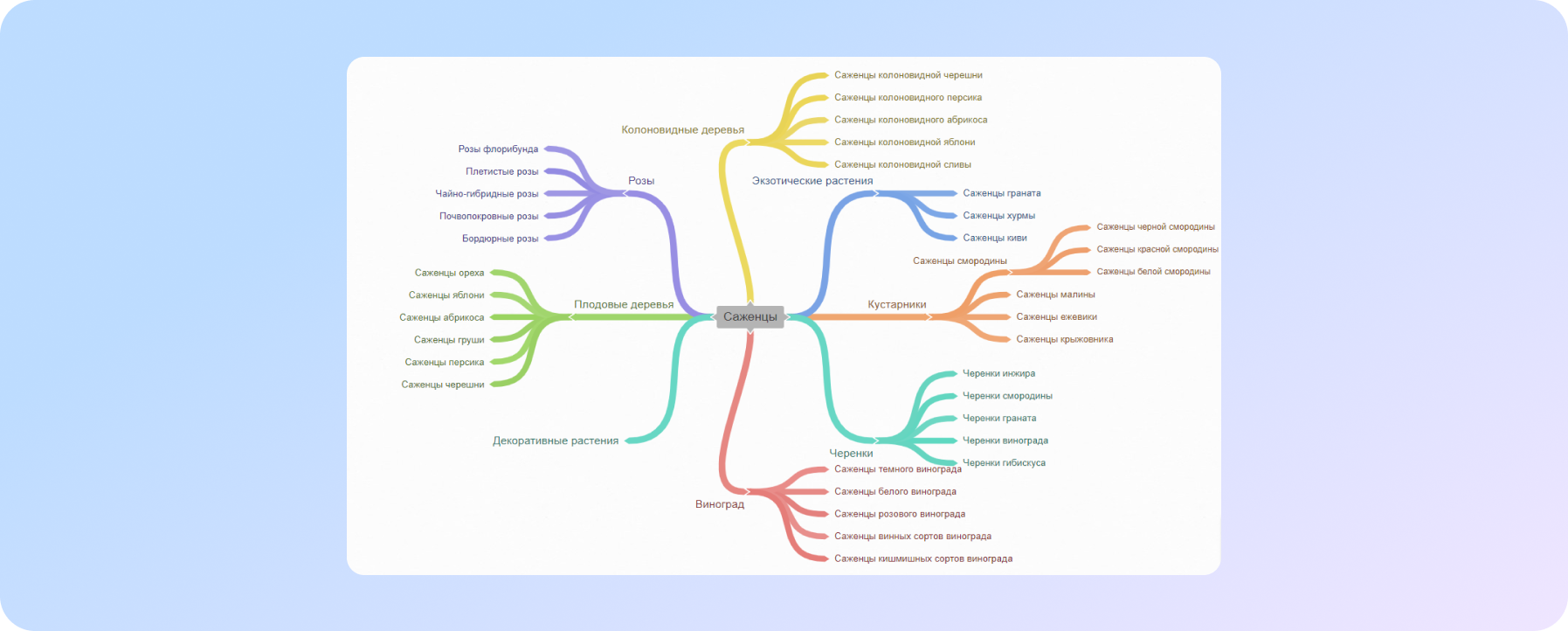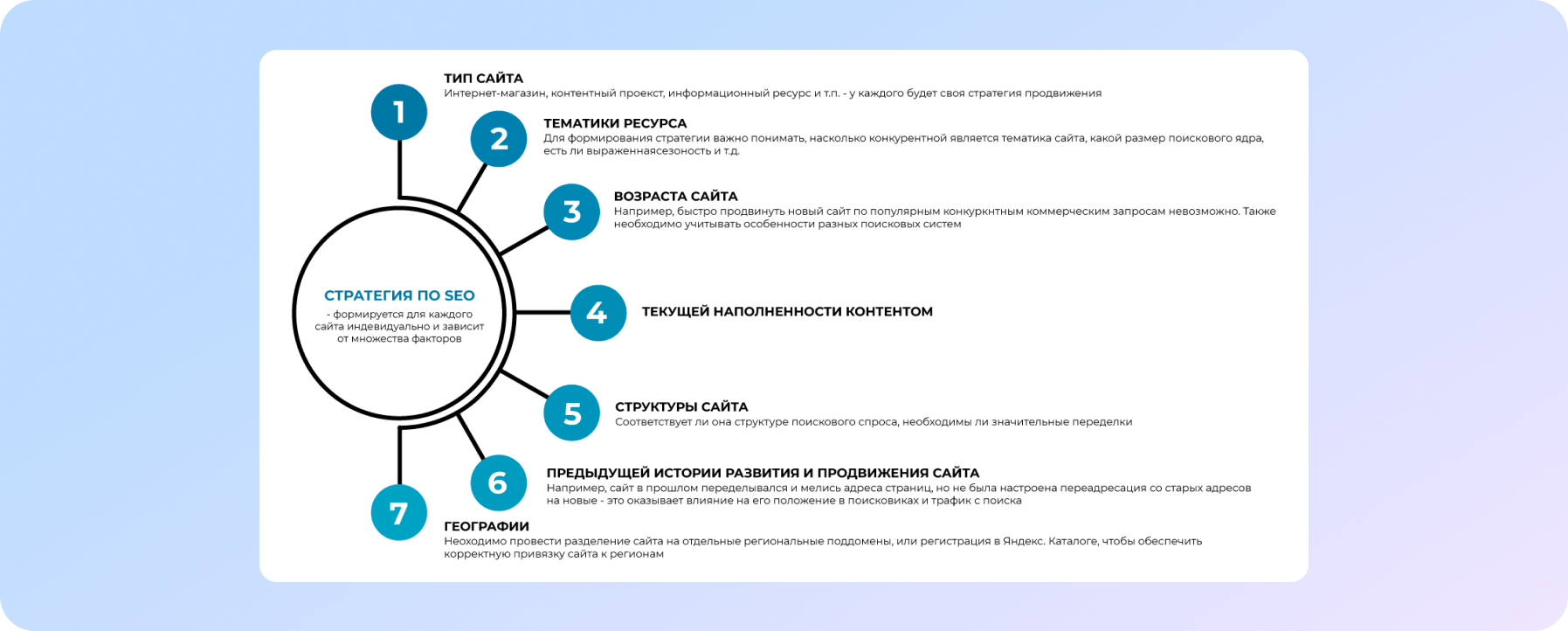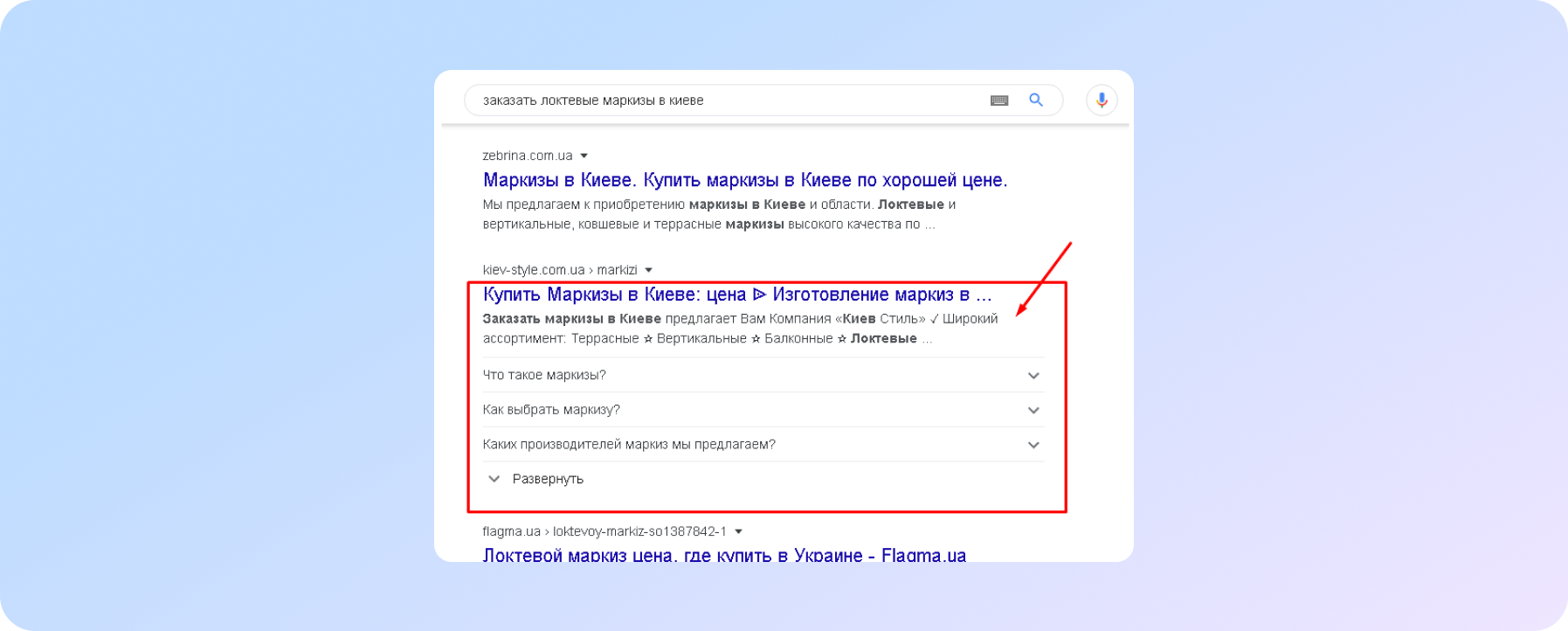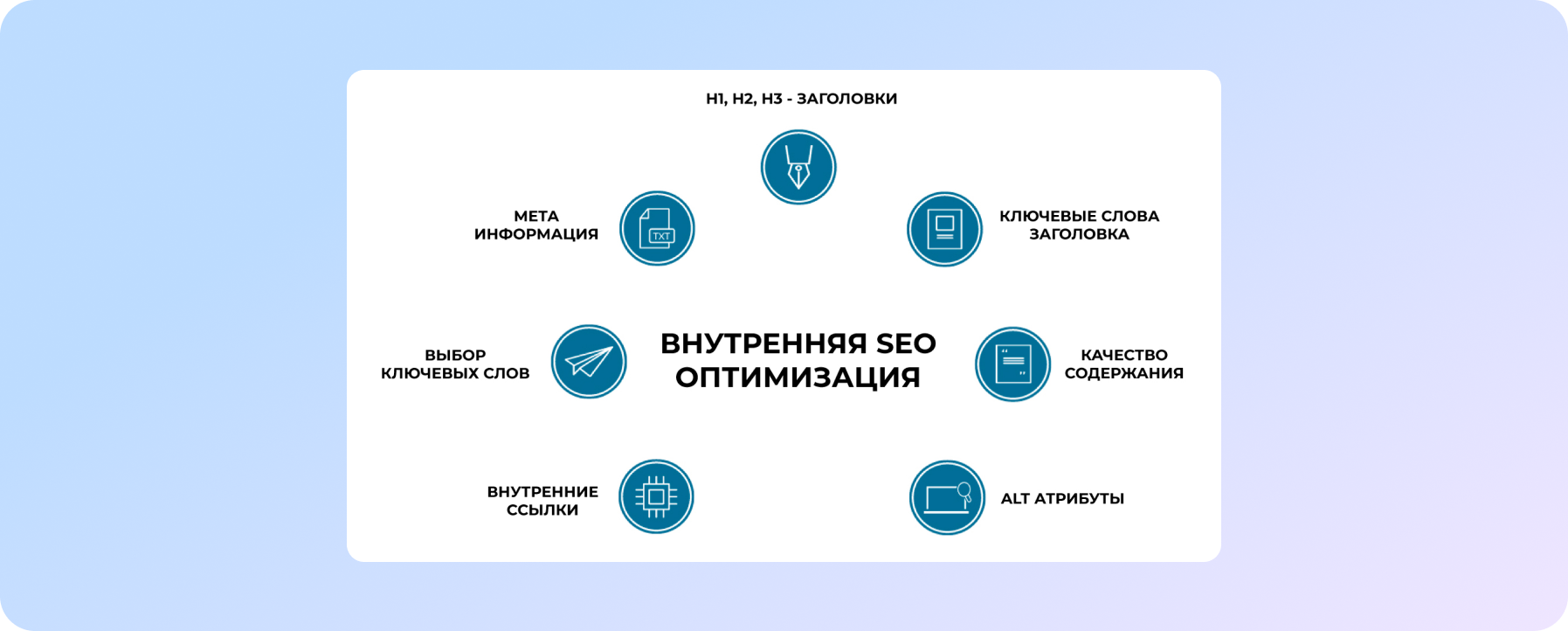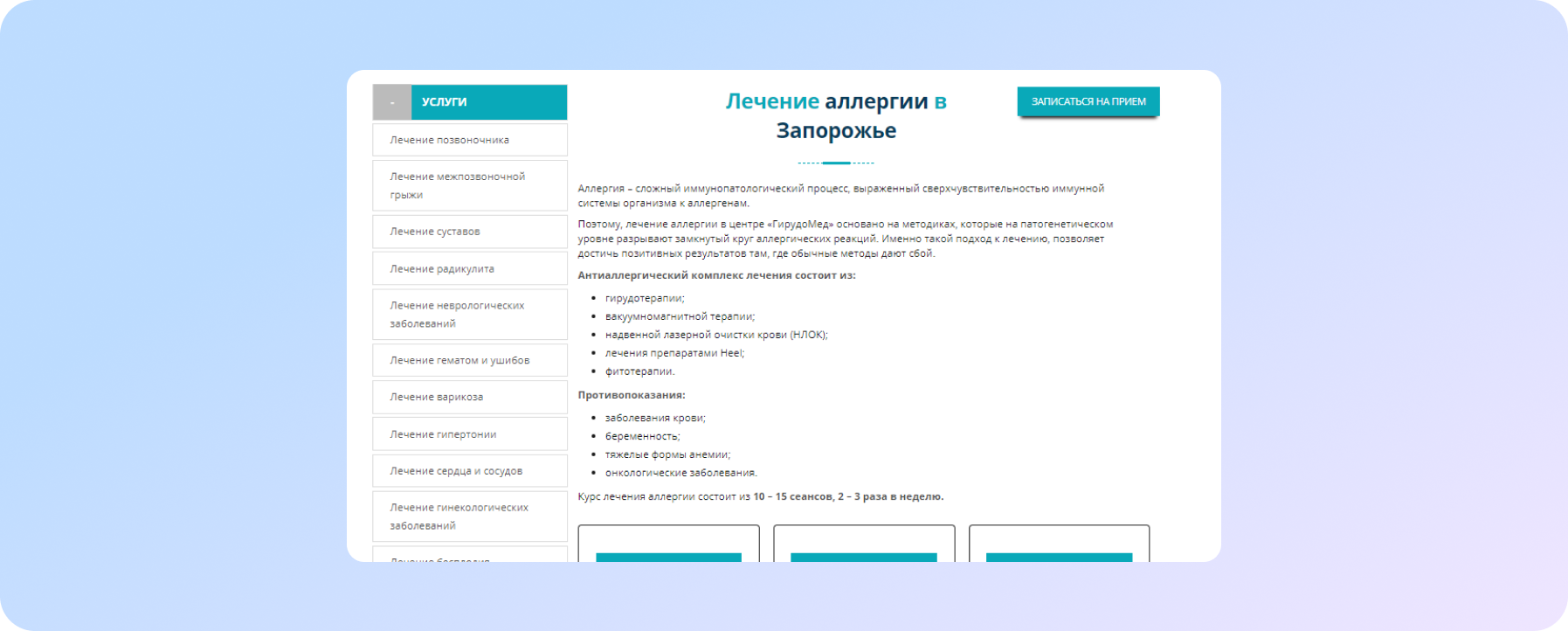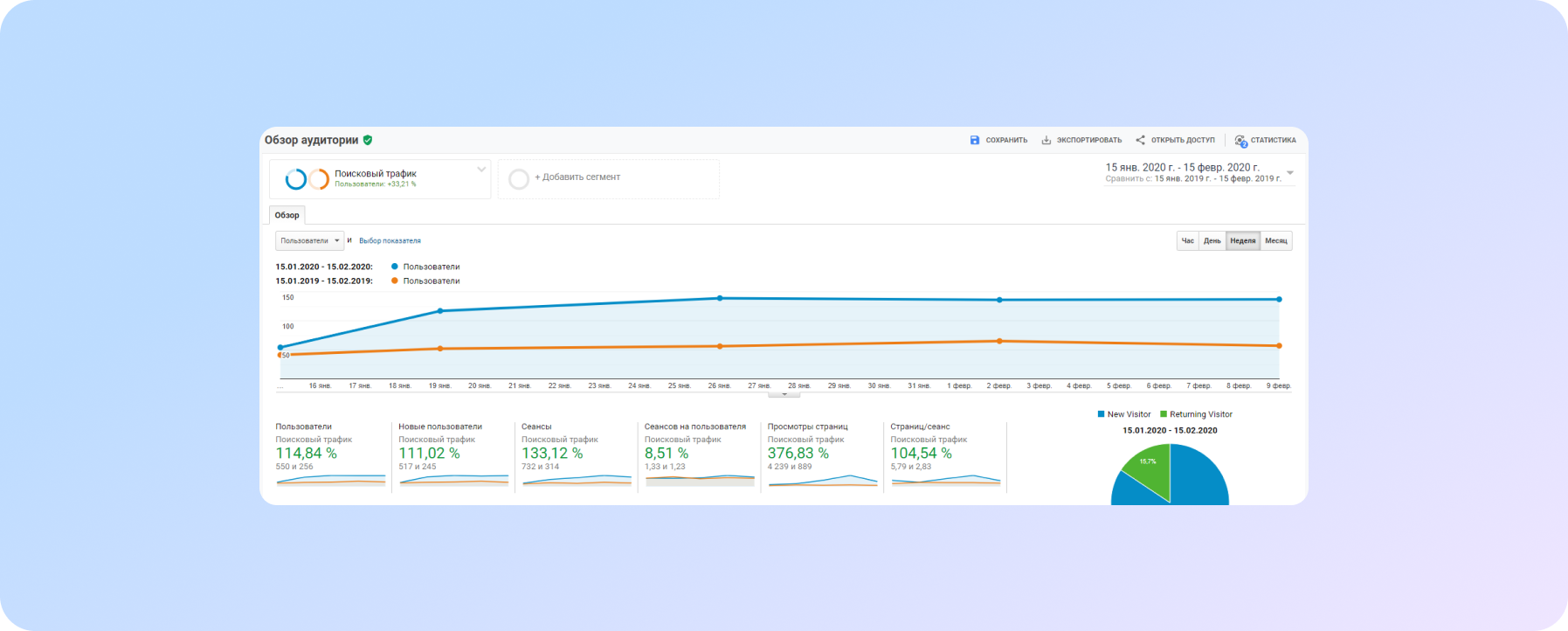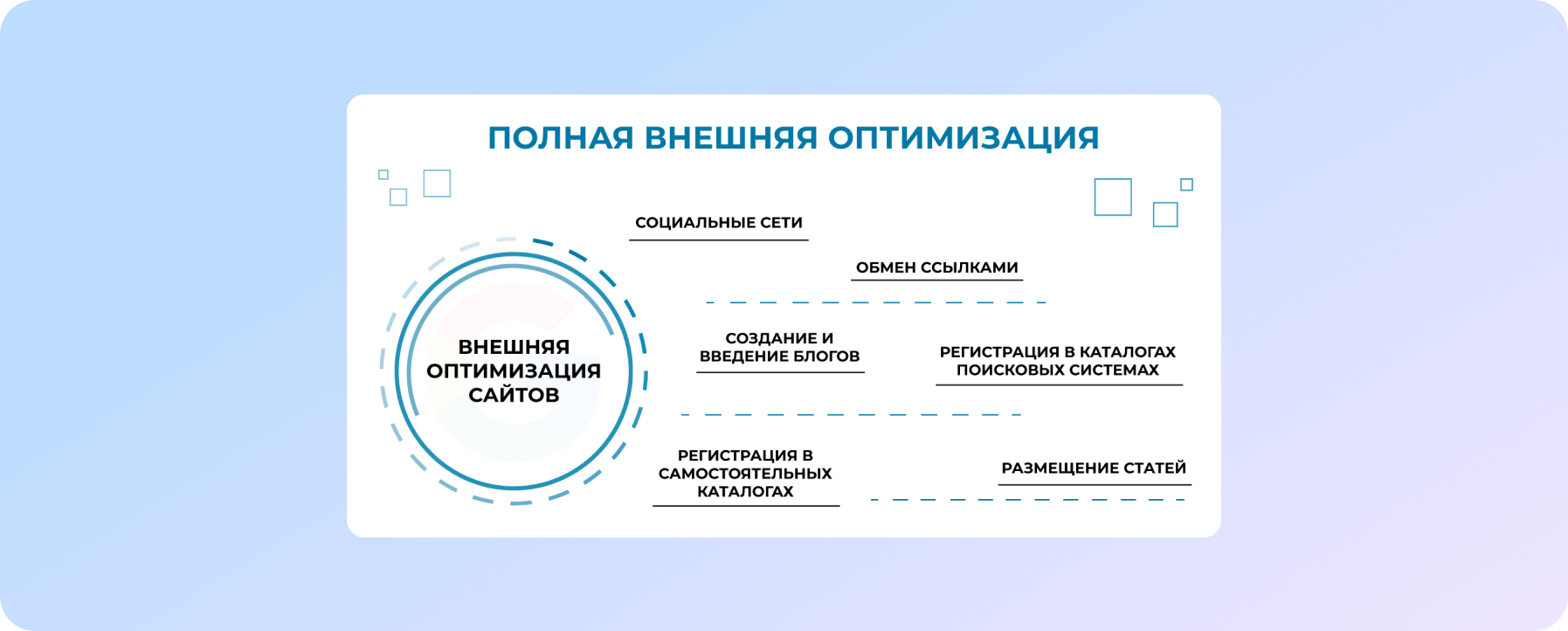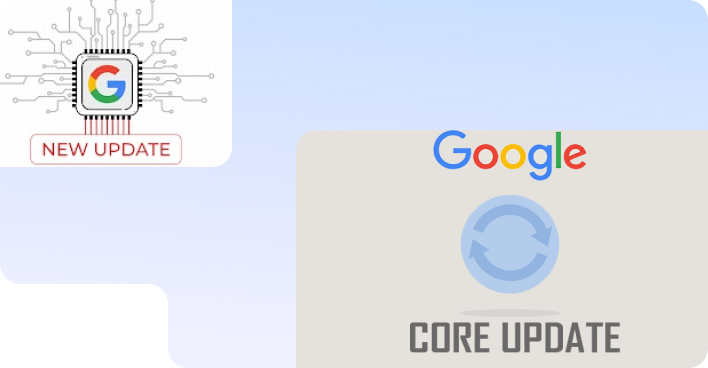No magic - just our painstaking joint work on the site
11 basic stages of SEO promotion or how to make your site work?
If you limit yourself to simply creating a new site and placing it on the Internet, then it will simply be lost among millions of similar sites. In this case, it will not perform the functions for which it was created - to attract new customers and sell goods and services.
The tool that is always needed, for everyone, for any site and in all niches, is SEO.
Yes, yes, the same “Search promotion” = “Search engine optimization” = “Website promotion” = “SEO-optimization” = “Website promotion” - that's all it is.
Moreover, the competent construction of any site should begin with the collection of the semantic core. To then make less gestures for optimization and achieve business goals faster. Let's figure out once and for all what SEO promotion is, and what stages this process consists of.
SEO is:
| The way it's done | The way it's easier | Very detailed and thoughtful |
| A set of measures to increase the visibility of the site in search engines for targeted search queries | All the work that the optimizer does to improve the position of your site in the search engine results to increase site trafficу | Work that develops the site, taking into account the analysis of changes in user behavior. The main goal of the entire complex of such works is to improve positions for targeted queries in Yandex and/or Google. Plus, getting good positions in the TOP-10 search results for new queries |
The total number and popularity of promoted queries directly affects the site traffic from the search and, consequently, its “popularity”.
The set of queries for which promotion is carried out is called the semantic core of the site.
And the optimization work looks like this, and this cycle never ends:
We propose to analyze together each of the stages of SEO promotion to realize what typical work is carried out, why and what features should be taken into account:
Niche analysis
This stage can be considered preparatory. Before you form a promotion strategy, you need to prepare your site. When analyzing search results, an SEO specialist takes into account the region , in which the customer's business is interested. It could be:
- One city - if you have a local business (photo studio, nail salon).
- Region or several neighboring regions - for large medical centers.
- All Ukraine - for online stores.
- Even abroad, if you figured out how to deliver products and accept payments for goods or consulting services.
In the selected region, you need to analyze the level of competition and identify three or four main competitors and study their sites in detail.
An analysis of the competitive environment will allow you to assess the competitiveness of your site and the theoretical possibility of getting on the first page of the search. At the same time, there is no task to copy some tricks, you need to take the idea and implement it better at your website.
Site audit
During a comprehensive audit, analyze the main points that may affect the ranking of the site, such as:
- technical errors and duplicates;
- the presence on the site of complete information about the features of the services or goods that are offered;
- internal optimization - filled meta tags and headings, optimized images, internal linking;
- analysis of the presence of commercial factors - prices, the ability to order a service on the site, etc.;
- convenience of the site for the visitor;
- external optimization - links to the site from third-party resources.
During the website SEO audit process, also look at the competitiveness of the site compared to other sites that are presented in the niche. For example, if competitors' sites have 300-350 pages, then it will be difficult for a site with 50 pages to compete with them.
At the site audit stage, look for problem areas that can significantly slow down progress in the future. This may be the lack of a secure https protocol, a layout that is not adaptive for mobile devices, a heavy CMS that significantly slows down the loading of site pages or generates many technical duplicates
Collecting the semantic core
At this stage, you select words, phrases, expressions that most closely match the product or service that you offer. These expressions are called "keywords" or "queries". They are needed in order to:
- modify and expand the structure of the site;
- optimize the site corresponding to the keywords;
- evaluate the effectiveness of SEO-promotion.
To collect the semantic core, the company SPRAVA uses a "query mask", which is formed by the customer, taking into account priority areas. Next, the SEO specialist selects a synonymous series and studies the frequency of each query, that is, the number of times that users entered this query into the Google search bar during the month.
You can collect the semantic core either using special services (Serpstat, Key Collector, Semrush), or manually. When manually collecting semantics, the Google Keyword Planner is used to determine the frequency of keywords. It is worth remembering that for a more complete coverage of the audience, you need to take into account synonyms and Google tips.
After collecting the semantic core, divide all queries into groups (clusters) so that each group of queries corresponds to a specific page on the site - a landing page.
Important!! If you are bored at this moment and understand that it is not so easy to collect semantics for the site, and you can’t do it yourself, please contact us.
But read the article to the end.я
Analysis and development of the site structure
After collecting the semantic core, it may turn out that for certain queries that are targeted for your business, there is no corresponding page on the site. In this case, we recommend creating it. This allows you to increase the number of interested users who can find the site for these queries.
When working out the site structure and deciding on the need to create a new page, SEO specialists are guided by:
- on search results for specific queries,
- consistency and usefulness for the user,
- expediency in terms of sales on the site.
For example, on the website of a company that is engaged in the repair and design of houses and apartments, the services of interior design of an apartment, house design, landscaping and site improvement were presented. Our experts recommended creating separate pages for kitchen, bedroom, nursery, bathroom design services, and so on. Why do it? We believe that no one will argue that in the process of designing a bedroom and bathroom, you need to take into account different features. Accordingly, the target audience has completely different questions to which it wants to receive answers. As a result, new pages with useful content attracted new visitors and potential customers to the site.
For online stores, the site structure largely depends on the specifics of the product offered. Below I will show an example of an indicative structure of sections and subsections for a site catalog for the sale of seedlings.
Website promotion strategy development
At this stage, draw up a detailed work plan if you want to get the maximum result in the shortest possible time. In Sprava, a strategy is developed for each project individually, taking into account the goals set by the customer, the characteristics of the niche and the competitiveness of the site.
The main goals of promotion can be:
- getting TOP-1, TOP-3 and TOP-5 in the search results for key queries,
- attracting new visitors to the site from the search,;
- brand promotion,
- increase in the number of orders for goods or services from the site.
The website promotion strategy largely depends on the results of a comprehensive website audit and many other factors.
Technical works
Remember: technical errors affect website promotion. The number of such errors largely depends on the CMS and its settings.
The list of technical problems can be quite long, but we want to list the most common ones that are important to eliminate on any type of site, regardless of CMS, site size, niche and competition:
- Setting up the so-called "human-readable URLs". The most correct option is to set up automatic transliteration of the page title into Latin with hyphens instead of spaces.
- Letter case setting in URL - all letters in the page URL must be in lower case. If the setting is not performed, then a large number of duplicate pages will be formed, which, if included in the index, can negatively affect the position of the page.
- Elimination of technical duplicates - fixing errors related to the fact that pages work with a slash at the end of the url and without it, through a nested category and without it.
- The site should not contain links to pages that give a server response other than 200.
As part of technical optimization, you need to create an xml sitemap - a service file that contains links to all pages of the site. An up-to-date sitemap helps the crawler to quickly find and index new pages, as well as changes to existing pages.
The robots.txt file is most often used to close service pages from indexing. Sites created on WordPress, Joomla, Open Cart, Bitrix cannot work correctly without it, because CMS form a large number of duplicate pages, which, on the one hand, are necessary for the full operation of the site, but are highly undesirable in the search engine index.
Working with content on the site
There are 2 possible situations which can appear in the process of working with content:
- It is required to optimize high-quality and useful content on the site for new search queries that were found out at the stage of collecting the semantic core (how to do it, we will describe in more detail later when describing internal optimization).
- Site content is not informative, not of high quality. Or there is a need to create new pages that need content.
In the second case, you need to draw up a content plan based on an analysis of competitors and user intent, features of services or goods. In the technical task for each page, you must specify:
- how much text should be;
- what should be in the text (thesis) + keys;
- topic-setting words (LSI) to be used in the text;
- answers to which user questions about the goods or services of a particular company should be given by the text;
- what photo and video materials are needed in order to supplement the text information.
Based on the content plan, you need to order or write articles, and then post them on the website.
We wrote more about texts on websites in 2020 in a new article.
Internal website optimization
At the stage of internal SEO-optimization of the site, work needs to be done to show search engines that the site matches the search queries for which promotion is being carried out. Specialists of the company SPRAVA primarily perform:
- Filling and optimization of meta tags on the site pages according to the basic requirements. Meta tags should contain keywords, be unique, attractive and contain a call to action. What is it for? Very often, meta tags are pulled into the search results, and this is what the user sees before going to the site. That is why they must not only meet the requirements of search engines, but also be able to interest the user to go to the site.
- A wide range of text optimization works include: adding keywords, structuring with headings, increasing the readability of content using lists and tables, where appropriate; image optimization in the content area and much more.
- Checking and implementing internal linking on the site. Here there is both the benefit for users because they go to other relevant pages and for you because the user stays on the site longer, and search engines appreciate it. Also it helps search engines to understand which landing pages are important.
- Implementation of additional navigation on the site using navigation chains (the so-called "breadcrumbs"); introduction of microdata to the company address, breadcrumbs, product cards (prices, ratings) and much more.
Important! Now you better understand what puzzles the optimization consists of, what you pay for when you give your site into the hands of a contractor. Lots of big and small tasks, and not a single stage can be missed.
Site usability improvement work
The “usability” of a website refers to the clarity of its structure and ease of use. In fact, usability has nothing to do with creativity. There are clear rules on what and where should be on the site so that the user can interact with it comfortably.
For example, it can be placing the "Contact us" or "Book" button in the upper right corner in the header of the site, fixing the main menu bar so that it remains at the top of the site when scrolling, the appearance of landing pages on which the most important information is highlight in information blocks, intuitive menu structure.
It is necessary to regularly analyze user behavior on the site and, based on this experience, implement further changes (move or add buttons, remove unnecessary ones). Because these are works that allow you to increase conversions and sales from the site even without an increase in search traffic.
Example from SPRAVA А
For 1,5 years we have been working on promoting a small medical center, where there was (to our chagrin) an old site, not adaptive, with an outdated CMS, with which there were more problems than opportunities to implement all our recommendations and desires, which would increase the number of orders from the site.
Work on the convenience and marketability of the site was cardinal - the development of a new, modern, adaptive one. Below we show how it was and how it became.
View of the landing page (service page) on the old site
View of the landing page (service page) on the new site
Compare traffic and other behavioral factors on the site, in comparison before the development of a new one and after:
Change in search traffic on the site before and after
The results of the work carried out:
- organic traffic has grown from 256 to 550 users per month (this is almost 2 times);
- average number of pages viewed per session - from 2.83 to 5.79;
- bounce rate decreased from 13.5% to 10.2%.
Strengthening commercial factors
For service websites and online stores, the main goal is orders, purchases, calls, applications. The totality of all factors that are necessary to achieve these goals are called commercial factors. Among them:
- feedback form on the site;
- callback order button;
- online chat (a service that allows you to ask questions and get answers online);
- shopping cart for online stores (or any other method that allows you to make a purchase);
- booking form for hotels.
This is not a complete list of the features that should be created for a user to comfortably order a product or service.
Also, commercial factors include pages that increase trust and fully reveal the process of interaction between the user and the company:
- terms of payment;
- delivery terms;
- guarantees, conditions for the return and exchange of goods;
- goods quality certificates;
- permits for the provision of services by the company (medical, legal, construction, etc.), certificates confirming the high qualification of the company's specialists.
You can learn more about commercial ranking factors in our blog. See if all the pages you need are on your site.
External optimization
The essence of external optimization is to increase the confidence of search engines in the site through links to the site from other high quality thematic resources. As in the previous stages of optimization, you can not do without a detailed analysis of the link profile of competitors.
In the process of developing an external optimization strategy, the following is taken into account:
- domain age;
- average number of links and dynamics by competitors;
- types of link anchors (branded, anchor and non-anchor);
- variety and quality of the link profile (links from directories, forums, thematic resources, etc.);
- ratio of dofollow and nofollow links and many others.
Specialists of Sprava are guided by the principle of “do no harm”, so we increase the number of links in stages. To place links, we select thematic directories and other resources that correspond to the subject of the customer's site. At the same time, the number of links strictly corresponds to the developed strategy, because the thoughtless building up of links in large quantities and from dubious resources looks unnatural and can negatively affect the site's promotion (up to falling under the filter).
Why should professionals work on website promotion?
As we showed in the article, at each stage of SEO promotion, you need to perform a wide range of diverse work. And even though it is possible for one person to do this, the process will be long. Because we need:
- highly qualified specialists with experience who will be able to analyze the situation and choose the right strategy for website promotion;
- SEO-specialists who will draw up a task for the technical and internal optimization of the site, recommendations for the further development of the project;
- technical staff and programmers who will implement the necessary changes;
- an account manager who works to improve the usability of the site and acts as a link between the customer and the company's specialists involved in promotion;
- copywriter - a specialist who will write high quality texts for the site according to a detailed content plan;
- A link builder is a specialist who will develop a winning strategy for building a natural and high quality link profile for a site so that search engines like it.
The requirements of search engines for external and internal optimization are very variable, search algorithm updates are constantly being introduced. Therefore, for effective website promotion, it is better to use the services of specialists.
At this point, SPRAVA takes a step forward and says: contact us. We are SEO.
Conclusions
We have considered the main stages of SEO promotion, such as:
- niche and competitor analysis;
- site audit to determine its level of competitiveness;
- compiling a semantic core and determining the main strategy for the development of the site;
- work to improve the structure of the site and filling it with content;
- internal and external website optimization;
- work on usability and strengthening of commercial factors.
The exact sequence of these stages is determined depending on the individual characteristics of a particular project. Our main goal coincides with the goal of the customer - to achieve maximum results with minimal time and money.
At the same time, the stages of SEO promotion are not the final chain, but rather a vicious circle. After going through all the stages and analyzing the results, we return to the very beginning in order to improve the result even more.
If this is not done, then over time, many of the works carried out will lose their relevance due to changes in search algorithms or user interests, the emergence of stronger competitors and other factors.
SPRAVA company provides high-quality SEO services for business from the very different niches such as law firms or real estate companies. Contact us to get know what we can offer for you.
We care about improving your sales :)



